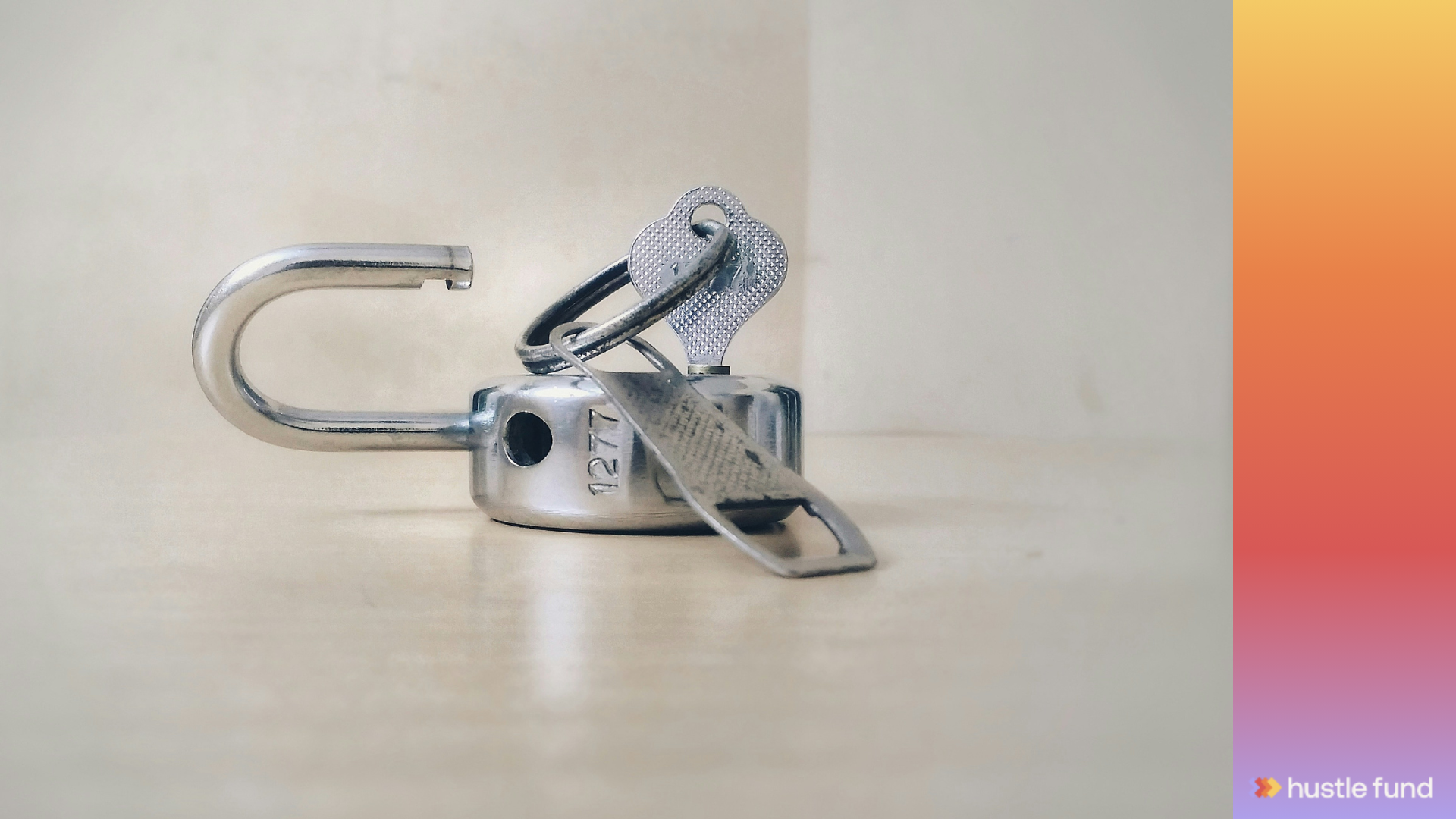Raising a fund in public
.png)
Brian Nichols is the co-founder of Angel Squad, a community where you’ll learn how to angel invest and get a chance to invest as little as $1k into Hustle Fund's top performing early-stage startups
Last week we talked about the SEC's rule about how venture funds can only accept checks from a maximum of 99 investors.... and now to navigate the fundraising process while managing all those different check sizes.
Another super important SEC rule is that VCs can't publicly solicit investment while they're fundraising.
This means no talking about your raise on social media, and no cold emailing people to ask if they wanna invest. You can only offer investment opportunities to people you already have a relationship with.
But there's a way to get around both of those rules: to open up your fund so you can accept checks from an unlimited number of LPs AND fundraise publicly.
In today's article, we're gonna dive into how to leverage this strategy, the downsides, and why more people aren't doing this already.
Disclaimed: I am not a lawyer. Surprise! Please talk to your lawyer before you do anything.
Ok, let's go.
The beauty of Regulation D
There are two reasons to look for a workaround to the SEC's rules around venture fundraising:
1. you want to accept checks from more than 99 investors, AND
2. you want to be able to leverage your social media networks to raise publicly
The way to do this is through the SEC's Regulation D, rule 506(c). Yes, there are a lot of letters and numbers in there. Let's break it down.
Rule 506(c) states that a venture capital company can accept checks from an unlimited number of accredited investors AND can solicit investment publicly.
Meaning, you could shout your fundraising news from the rooftops of Twitter and LinkedIn. You can approach people for investment without having a pre-existing relationship with them. Heck, you could wear a t-shirt announcing your raise and wear it to the Superbowl.
And since there's no limit on the number of checks you can accept, you can raise your fund from people who can only contribute $10,000 checks without increasing your minimum check size for future investors.
So, how to actually get started using this strategy?
Your lawyer – yes, you need a lawyer – will help you through this process. But basically it involves going to the SEC website and completing Form D. There's no cost to file the form.
What's the catch?
If you move forward with Regulation D rule 506(c), the SEC requires that you verify your investors' accreditation status. Meaning, you have to double check that all the people you're accepting checks from are actually accredited investors.
Now, you could do this yourself. Or you could outsource the work to a lawyer or third-party service. Platforms like AngelList and DealMaker will do this for you if you fundraise through them.
If you have a large online following and plan to leverage that audience for your raise, this might be worth the trouble.
If you think you can raise your fund from people within your private network, then maybe not.
Why isn't everyone doing this?
Up until a handful of years ago, there was a big stigma around raising in public. Many investors viewed raising in public as a signal that you didn't have the "right" network, or that you lacked the ability to fundraise successfully.
Rude, frankly. Luckily that's not the case anymore.
Now there is a ton of competition for LPs, which means it's harder for first-time fund managers to secure those big checks.
There's also an increase of angel investors who want to contribute smaller checks to funds, or families with generational wealth who want to diversify their investments through startups... but they don't know where to start.
All this has led to a perfect storm of circumstances that has resulted in the de-stigmatization of raising in public.
In fact, one of my most favorite VCs raised a $10m fund using this method. You've probably heard of Mac Conwell, founder and managing partner of RareBreed Ventures.
If you're looking for more insights and tactics from Mac about his experiences raising Fund I, you'll love this interview he did recently with Elizabeth Yin.













